What Is Member Tools
“Member Tools” generally refers to a class of software tools or modules used by organizations, associations, clubs, or nonprofits to manage their membership operations. These tools help administer membership data, dues, renewals, events, communication, access control, and reporting in one integrated system. They provide a centralized dashboard where administrators can track member profiles, segment membership tiers, issue invoices, send reminders, and generate analytics. For members, these tools often offer a self-service portal where they can update their information, view benefits, register for events, and process payments. In essence, Member Tools aim to reduce administrative overhead, improve member engagement, and streamline the full lifecycle of membership interactions.
Pros and Cons
- Pros:
- Centralized management: all member data, payments, events, and communication reside in a single platform, reducing fragmentation.
- Time savings: automation of renewals, reminders, invoicing, and follow-ups frees staff from repetitive tasks.
- Improved member experience: self-service portals let members update profiles, register for events, and see benefits without needing admin help.
- Better engagement: communication tools, segmentation, and event modules help increase member activity and retention.
- Reporting and insights: built‑in analytics help organizations see membership trends, churn risk, and financial health.
- Scalability: as membership grows, the tools can scale without proportionally increasing staff burden.
- Integration potential: many Member Tools integrate with payment gateways, email systems, CRM, or website platforms.
- Cons:
- Cost: licensing, setup, and maintenance can be expensive for small organizations or ones with limited budgets.
- Learning curve: staff and members may need time to adjust to a new system, especially if prior workflows were manual or spreadsheet-based.
- Customization limits: not every tool can adapt perfectly to every organization’s unique structure, which may force compromises.
- Data migration risk: moving legacy data into the new system may pose issues or require cleanup and reconciliation.
- Dependence on vendor: updates, feature requests, or support depend on the provider’s roadmap and responsiveness.
- Technical issues or downtime: server outages or bugs can disrupt member services or access to essential functions.
- Overhead for small scale: in very small groups, the feature set may be overkill and maintenance burdensome relative to benefits.
Key Features
- Member database and CRM: robust profiles, custom fields, status tracking, and segmentation.
- Membership tiers and dues management: define levels, pricing, discounts, renewal rules, grace periods.
- Automated renewals and reminders: email or SMS notifications, automatic billing, grace tracking.
- Event management and registration: event listing, ticketing, registration, check‑in, capacity limits.
- Self‑service member portal: members log in to update info, view perks, register events, pay dues.
- Payment gateway integration: support for credit cards, bank transfers, recurring billing, invoicing.
- Access control and permissions: restrict content or benefits by membership level or status.
- Communication tools: email campaigns, newsletters, segmentation, templated messages.
- Reporting and dashboards: metrics on retention, growth, revenue, churn, engagement.
- Renewal and expiration logic: handle lapsed members, grace periods, reminders, reinstatement.
- Integration & API: connect with external systems such as websites, CRMs, accounting software.
- Event calendars, committees, groups: allow subgroups, committees, working groups under the same umbrella.
- Certification or continuing education tracking (for professional associations): track credits, issue certificates.
Functions
- Data capture & validation: collect member info via forms, verify data, enforce required fields.
- Member onboarding: automate welcome workflows, orientation, initial set‑ups, welcome emails.
- Payment processing & billing: generate invoices, charge members, process renewals, handle failed payments.
- Membership status updates: upgrade, downgrade, suspend, or expire memberships based on rules or admin actions.
- Reminder & notification engine: send alerts before renewal, expiration, or due dates.
- Event registration & ticketing: manage attendee signups, limit seats, collect fees, issue tickets or confirmations.
- Access gating & authorization: control access to restricted pages, resources, documents based on membership level.
- Analytics & trend reporting: compute retention rates, growth curves, membership attrition, revenue forecasting.
- Renewals & churn prevention: identify at-risk members, trigger retention campaigns or discounts.
- Member communication & segmentation: target messaging to subsets (by location, tier, interests).
- Record history & audit: track changes, access logs, membership history, payments history.
- Integration & synchronization: push or pull data from other systems (website, CRM, accounting).
- Import/export & bulk operations: bulk upload, export in CSV, do mass edits or status changes.
How to Use Member Tools
- Select or purchase a Member Tools platform: research vendors or open‑source tools (like Accrisoft’s Membership Tools module) and choose one that fits your organization’s scale and needs. :contentReference[oaicite:0]{index=0}
- Set up initial configuration:
- Define membership tiers, pricing, renewal rules, grace periods.
- Create custom fields and profile templates for member data.
- Set permissions and access levels (which benefits or areas members may see).
- Integrate your payment gateway, email system, or other external tools.
- Migrate existing data: export your legacy member database (spreadsheets, previous systems), clean the data (remove duplicates, correct formats), then import into the new tool using import utilities or CSV templates.
- Create member portal and communication templates: enable self‑service login, design welcome emails, renewal reminders, newsletter templates, event notices, etc.
- Test workflows: simulate a new registration, membership renewal, event registration, payment failure, etc., to verify each part works as intended.
- Invite members to the portal: send out instructions and credentials to existing members so they can log in, update profiles, and explore the portal.
- Launch and monitor usage: run live operations—members begin renewing, registering, paying—monitor errors, feedback, or bugs and adjust settings where needed.
- Use reporting & retention tools: review dashboards, identify members at risk of churning, send reactivation offers or reminders, monitor growth and revenue metrics.
- Maintain and iterate:
- Update membership tiers, pricing, or features as organization evolves.
- Collect feedback from staff and members about usability or missing features.
- Request or apply software updates and patches.
- Extend features or integrations (e.g., adding a certification module, group/subcommittee support, external APIs).
- Troubleshoot common issues:
- If email reminders aren't sending, check your SMTP/email service configuration or spam filters.
- If payments fail, verify payment gateway credentials, PCI compliance, or gateway downtime.
- If members report incorrect permissions, revisit role or content access settings.
- For data import errors, inspect format mismatches or required fields not filled.
- If event registrations exceed capacity or show incorrect limits, adjust event settings or quotas.
- Train your staff and members: provide manuals or guides, host a short training session, and maintain a help desk or FAQ for common issues.


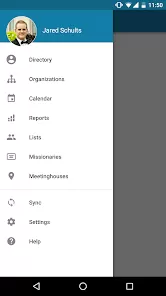
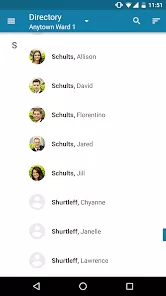

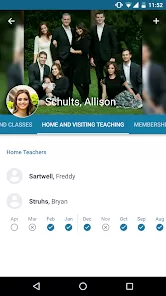




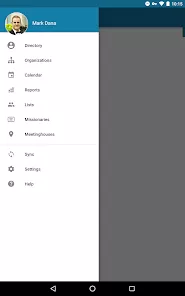



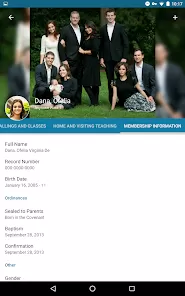
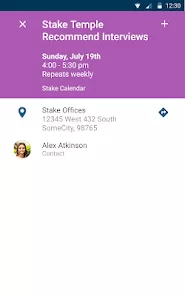


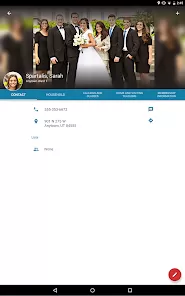

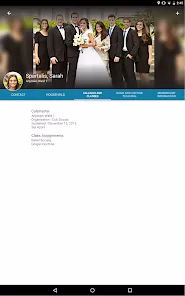




 0
0 



